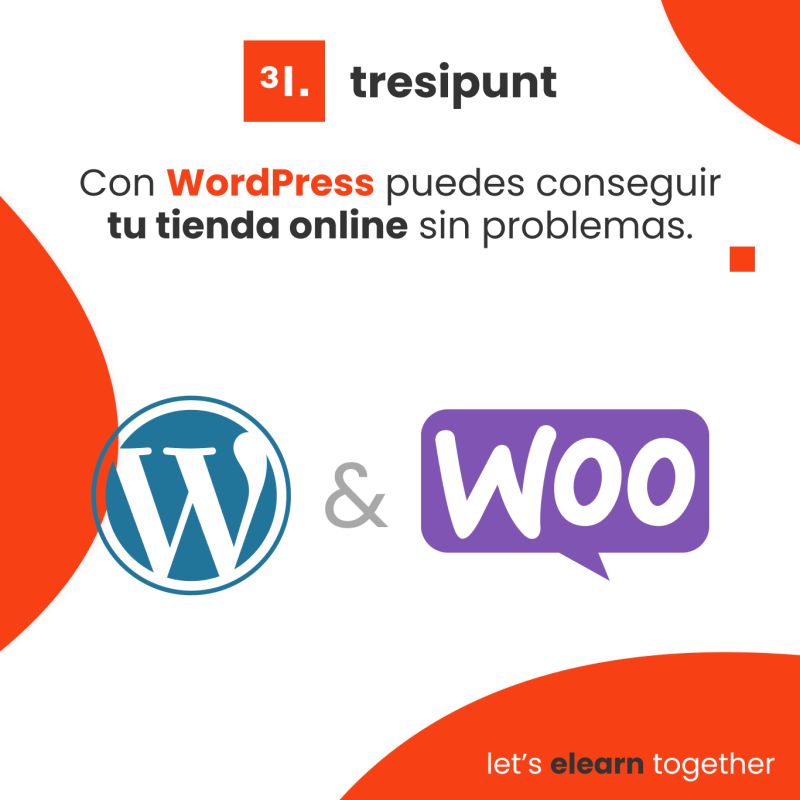If you want to expand your online business or start a new one, the WooCommerce plugin for WordPress is a powerful and versatile option. However, to get the most out of this e-commerce platform, it is crucial to optimise your online shop to improve the user experience and increase sales.
Here are 9 key tips for optimising your WordPress online store with WooCommerce:
1. Choose a responsive and SEO-optimised theme
Choose a theme for your online shop that is responsive and optimised for search engines (SEO). Responsive design ensures that your shop looks good and works well on mobile devices, which is crucial with the growth of mobile and tablet traffic. In addition, an SEO-optimised theme will help improve your store’s visibility in search results, which can increase organic traffic.
2. Load speed optimisation
Web loading speed is a critical factor for both user experience and SEO. Use tools such as Google’s PageSpeed Insights to identify areas for improvement, optimise images, reduce the use of unnecessary plugins and consider using a quality hosting service to ensure fast load times.
3. Use attractive headings and descriptions
Create clear, concise and attractive titles and product descriptions. Use relevant keywords to improve your search rankings and provide detailed information about your products to help customers make informed buying decisions.

4. Implement content marketing strategies
Content marketing is a powerful tool for attracting traffic and generating interest in your products. Create and share relevant and useful content, such as shopping guides, product reviews and tutorials, to engage your audience and establish your store as an authority in your niche.
5. Payment process simplified
A complicated checkout process can lead to abandoned carts and lost sales. Simplify the payment process as much as possible by offering secure and popular payment options such as credit cards, PayPal and other electronic payment methods.
6. Offers flexible delivery options
Customers appreciate the flexibility of delivery options. Offer a variety of shipping methods, including standard, express, and free shipping, to meet your customers’ needs and preferences.
7. Implements commenting and rating functionality
The opinions of other customers can have a significant impact on purchase decisions. Implement feedback functionality in your shop so that customers can leave reviews about the products they have purchased. Be sure to respond to comments and ratings to show that you value your customers’ feedback.

8. Use up-sell and cross-sell strategies.
Take advantage of additional revenue opportunities through up-selling and cross-selling strategies. Suggest related or complementary products during the checkout process to increase the average order value and improve the customer experience.
9. Continuously tests and optimises according to results
Continuous optimisation is the key to the long-term success of your online store. Run A/B tests to test different elements of your website, such as layout, copy and call-to-action buttons, and use analytics tools to evaluate your store’s performance and make adjustments based on the results.

In short, optimising your WordPress online store with WooCommerce is essential to maximising its potential and increasing sales. Follow these 9 tips to improve the user experience, increase search engine visibility and convert visitors into satisfied customers.





